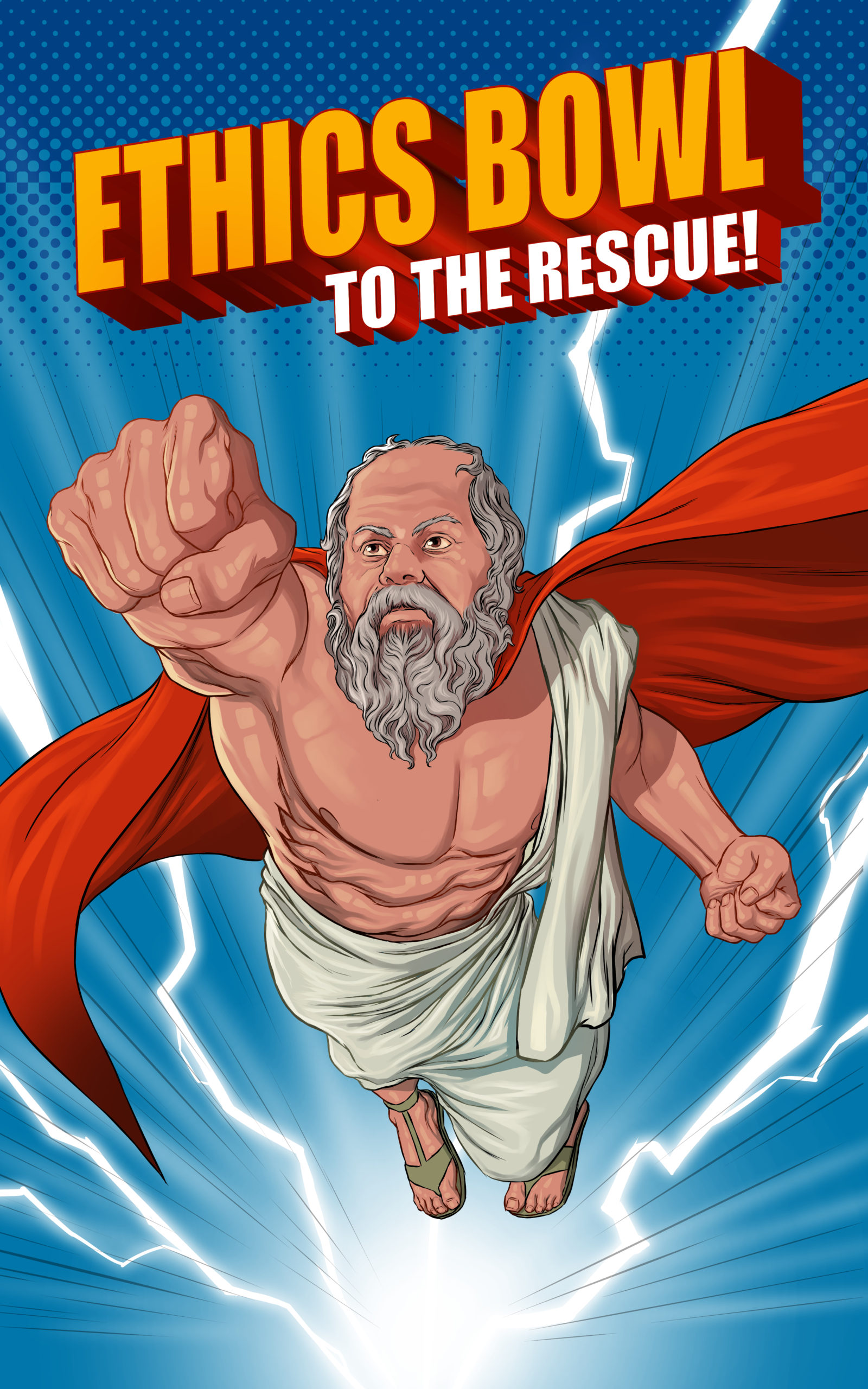Inspired by a recent Case Summary Matrix post, Vancouver, Washington HSEB coach and regular EthicsBowl.org contributor Michael Andersen reached out to share two very nice related tools: a Case Analysis Form and a Team Organization Form.
The Case Analysis form has three columns on each of three pages, with three of the below categories on each:
- Central moral dimensions in this case / values or principles in conflict–as related in the case description, or reasonably inferred from it
- Who cares? / Different viewpoints, worldviews engaged with this case (i.e., stakeholders)
- How do these parties appear to evaluate the moral problem(s) of the case? (and from what ethical framework, using what key language?)
- What exactly does each stakeholder argue? List underlying premises (their reasons, assumptions) and their conclusion. Check for valid / sound reasoning.
- Most relevant fact claims that we need to research in each party’s argument. Is their supporting evidence from reliable sources?
- Most likely counter-arguments (include supporting evidence & reasoning)
- What exactly will we argue? List underlying premises (our reason and assumptions) and our conclusion. Check for valid / sound reasoning.
- Most relevant fact claims that we need to research to support our argument. Are our sources for this evidence reliable?
- Most likely counter-arguments we will encounter + our responses
Page 1, for example, looks like this:

Engaging prompts, inspiring the critical thought and identification of key details that make for a quality analysis. A smart approach for sure.
The idea behind the second resource, the Team Organization Form, is to proactively assign team members various responsibilities so a) they know how to concentrate during prep, and b) they can confidently operate within their realm of expertise and comfort during the bowl.
As Michael explains it, “You’ll notice that for each team member there is a split column under their name. The first side of the column is to record the role code (key at bottom) if they are the Presenting Team on a given case; the second side is to record the role code if they are the Commentary Team on a given case. Using this form, students can see on one page what their particular roles are across the array of cases assigned for the Ethics Bowl.”
“I intended this as a stress-reducer tool, as team members have fewer roles for which they are ‘on point’ for the cases (as opposed to feeling that they have to master all of the responsibilities for every case). Of course, this tool is only useful for teams that decide to divide their responsibilities such that every team member (roughly) has a role to play for all the cases encountered–as opposed to teams who split responsibilities by assigning whole cases to particular team members.” Looks like this:

Two very thoughtful and sophisticated resources — if you’d like an editable version of either, just email (matt (at) mattdeaton.com). And thanks again, Michael, for the valuable contributions! Sharing reusable tools such as these is definitely consistent with the collaborative, cooperative spirit of ethics bowl. I suspect ethics bowl creator Bob Ladenson would give you two enthusiastic thumbs up 🙂
